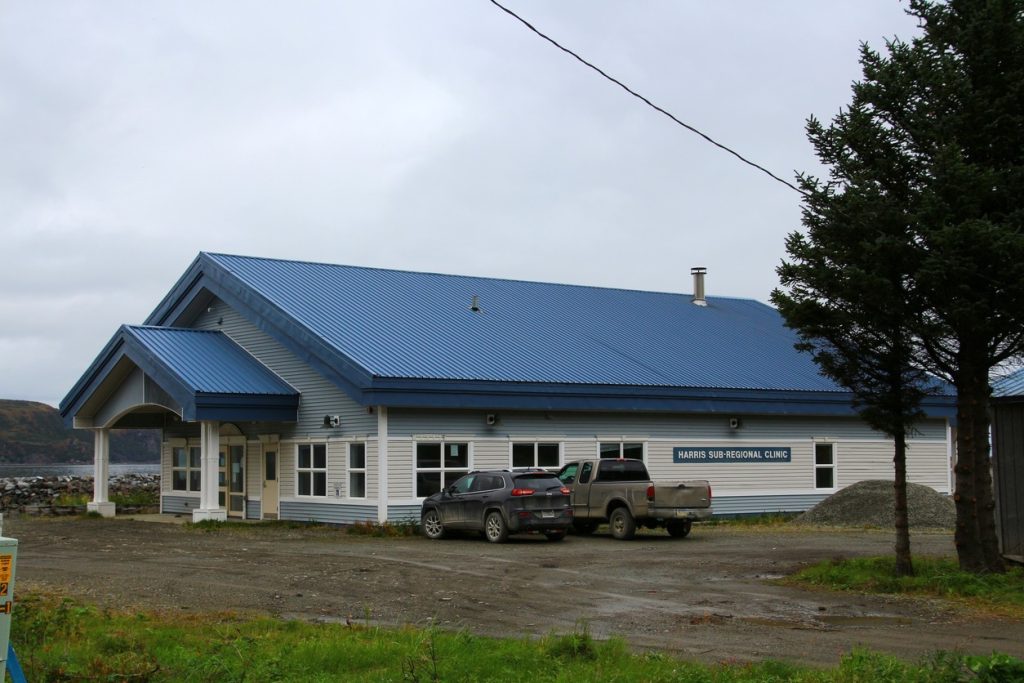
What is an Rural Emergency Hospital and Why Do They Matter?
The stability of rural clinics and hospitals has worsened in all states. COVID-19 has had lasting effects on their ability to retain patients, revenue, and staff (and for many COVID-19 is ongoing). Unfortunately, many of these hospitals are now likely to close. But what then will come of the community? Of its patients and doctors? Thankfully congress has given some hospitals an option to re-open as a Rural Emergency Hospital (REH).
What do closures mean for communities?
The main concern is of course for the patients living within the rural communities, along with increased numbers of providers losing their jobs. When a rural hospital closes there is a sharp increase in adverse patient outcomes, especially those that are time-sensitive. What will happen to patients that have strokes, heart attacks, or sudden injuries? Not to mention that those emergency services will see an increase in cost and a delay in the amount of time it will take for emergency services to arrive. These delayed minutes and high costs could mean life or death for people within these communities. Even if patients are able to recieve care, they’ll have to pay more for medical services, which will, in turn, affect the bottom line of a hospital’s revenue cycle. This could push providers out of their current hospitals and migrate elsewhere.
Meet the Better Generation of EHR
In today’s competitive landscape and unstable financial environment, if your systems are just “fine” they aren’t good enough. Our simple healthcare technology platform connects clinical data, financial information and hospital processes.
An intuitive EHR and an enterprise view of the business will help you thrive.
How to Become a Rural Emergency Hospital
To address all these issues, congress came out with the Consolidated Appropriations ACT (CAA) this year. It has created a new category for Medicare payments for the new rural emergency hospitals. It addresses the following requirements:
- Eligibility
- Eligibility is limited to current Critical Access Hospitals or Rural Prospective Payment System hospitals. This means CAHs that have recently closed cannot re-open as REH.
- Facilities have to have 50 or fewer beds to qualify.
- Your hospital must be located in a state that provides licensure of outpatient-only hospitals. This may require some legislative changes down the road.
- Application Process
- CAHs must provide a detailed action plan including which services they will provide.
- How the facility will plan to use any additional funding like telehealth services, operating costs, ambulance services.
- Requirements
- Rural hospitals are required to provide emergency department services.
- They cannot exceed an annual patient average of 24hrs in a facility.
- Rural hospitals can provide additional hospital outpatient services as approved by CMS. Note that REHs can still retain their status of “provider-based rural health clinic”, and can still obtain additional compensation for that title if applicable.
- New REHs must maintain a transfer agreement with Level 1 or level 2 trauma centers.
- Meet and follow EMTALA (Emergency Medical Treatment and Labor Act) requirements which specify standards for medical screening examination, appropriate transfer, stabilizing treatment.
- Don’t forget about quality recording requirements!
- They must meet the following staffing requirements:
- ED must be staffed 24/7.
- Physician, nurse practitioner, clinical nurse specialist, or physician assistant must be available to be at the facility 24/7.
- REHs must be able to provide emergency services consistent with 42 CFR 485. 618 (standard equipment, supplies, staffing, safekeeping of blood, and structured emergency services).
- For those facilities that maintain a SNF, the REH must comply with CoPs applicable to SNFs.
How will Rural Emergency Hospitals be Paid or Reimbursed?
The CAA has created a new payment model for Rural Emergency Hospitals. Medicare will pay REHs a rate higher than applicable payment seen in the Medicare Outpatient Prospective Payment System (OPPS). Initially, beginning in January 2023, they will receive a five percent increase added to the usual revenue attributed towards covered outpatient services in the OPPS.
REHs will be receiving additional facility payments monthly, calculated by “subtracting from the total amount paid to all CAHs in 2019 the amount that would have been paid under PPS rates, (b) dividing that number by the total number of CAHS in 2019 (about 1,350), and (c) dividing that number by 12″ (PYA).

